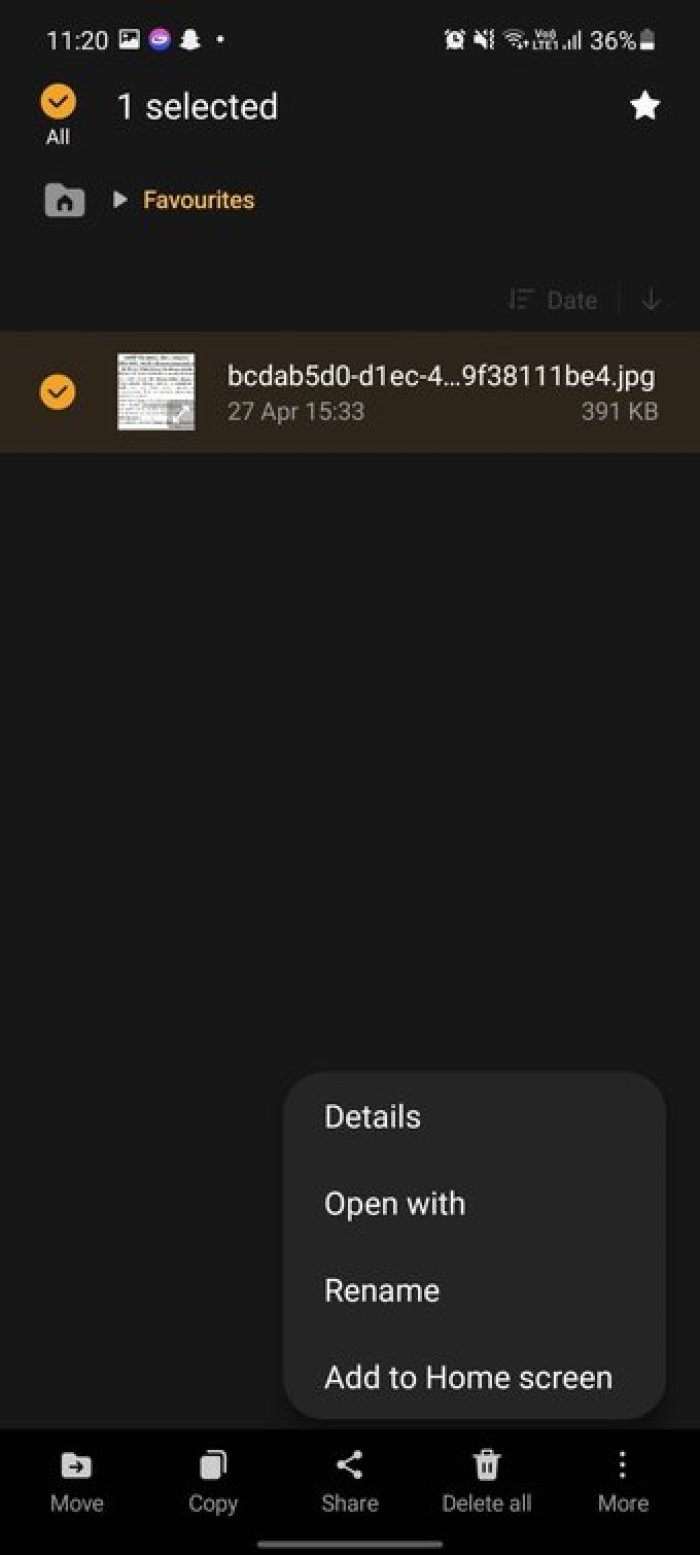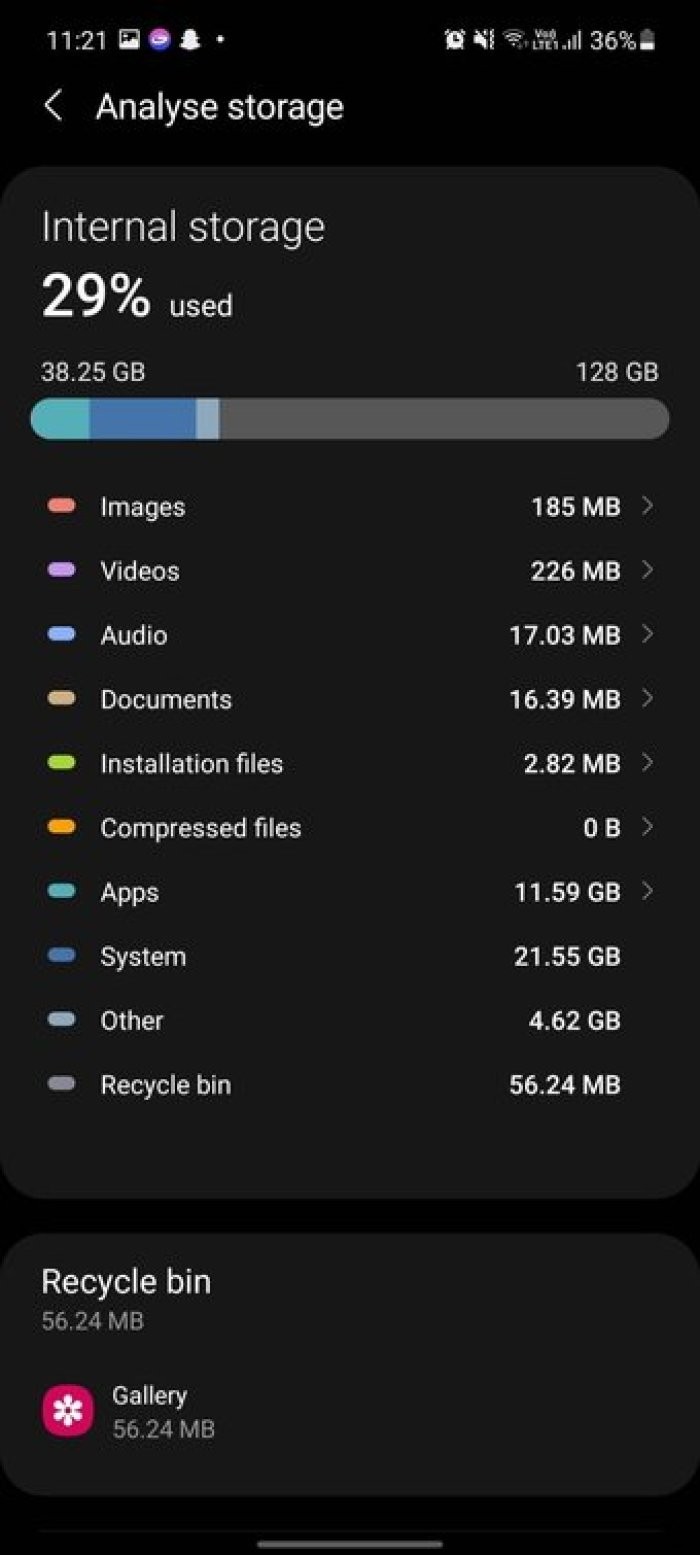Native file management is one of the main reasons to choose Android over iOS. Power users rely on third-party apps such as ES File Manager and Solid Explorer from the Play Store. Most Android phones come with a built-in file manager app. However, these are basic at best. Among them, Samsung's default file manager stands out with several features. Read along to learn the best tips and tricks for it.
Contents1. Mark a file as favorite2. Add items to the home screen3. Delete location data when sharing4. Open ZIP or RAR5 archive files. Clear recent files list6. Integrate third-party cloud storage7. Use network storage8. Customize My Files Home9. Analyze Storage10. Show hidden folders and filesManage your files like a pro
Samsung's native file management is not limited to moving files from one folder to another. It supports 3rd party cloud storage and some other tricks to save you from 3rd party play store options.
If you need to access specific files frequently, you should bookmark them for easy access. Open the File Manager app on your Samsung phone, select the photo, video or document and tap the little star icon in the top right corner.


You can now access these favorite files from the separate Favorites section of the home screen.
Samsung also lets you add a file or image shortcut to the phone or tablet home screen. Without accessing Gallery or the File Manager app, you can access these files directly from the Home screen. Open the File Manager app and long press on the image, video or file you want to add to the home screen.


Tap the More button in the bottom right corner and select the Add to Home Screen option. Use the Add button or drag and drop the file to your preferred location on the home screen.
Samsung has introduced this neat trick to give you peace of mind when sharing images or videos. When you select and tap the Share button, the One UI share menu will ask you to delete location data before forwarding it to the other person.

Samsung Files has a separate compressed folder to access Zip, RAR, 7Z files, etc. You can also unzip these archive files and access the contents they contain.
Thanks to this, you don't need to download another app just to check archive files.

By default, Samsung Files presents frequently used files and images at the top. If there is sensitive or private content, you may want to clear the recent files list from the My Files home screen.

Simply tap the three-dot icon in the upper right corner and select the Clear recent files list from the next menu.
Samsung's My Files app works as a central hub to manage all files stored on the phone, SD card or cloud storage. The app lets you view and access files from popular services like OneDrive and Google Drive. We hope to see the inclusion of Dropbox and Box in future updates.

Samsung hasn't stopped with the cloud storage add-on in the My Files app. The app also lets you add an FTP (File Transfer Protocol) or SFTP server in the Files app and access those locally stored files from the PC or Mac.

Go to Network Storage> Add Network Storage and select FTP or SFTP Server. You can also add a network drive to the app.
If you don't use OneDrive or Google Drive cloud storage, you can remove these options from the home screen. Dive into My Files Settings> Customize My File Home and turn off the options you no longer need.


Samsung My Files has a nifty Analyze storage option that gives you a detailed look at what kind of content is taking up space on the device. You can find large files, duplicate files and remove these irrelevant contents from Samsung device with just one click.

Want to access folders and files on your phone's internal storage? Go to My Files settings, scroll down to show hidden system files and enable the option.
After that, the My Files app will show you hidden folders and files with a dot in front of their respective names and a few translucent icons.

Samsung My Files is a powerful file management application. We like how the app offers OneDrive, Google Drive, and FTP integration within the app. Which trick do you prefer from the list? Sound off in the comments section below.
Then:
Samsung Gallery is also a capable gallery app on Galaxy devices. Read the article below to learn about the top ten Samsung Gallery tips and tricks.